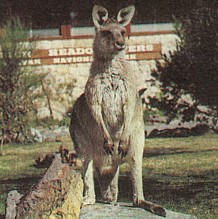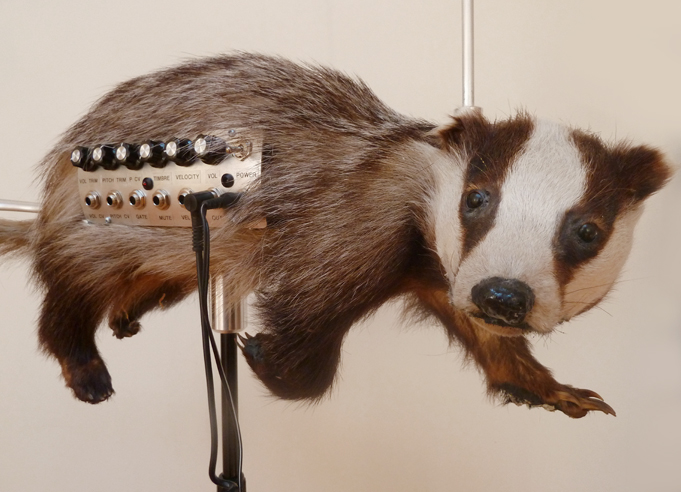Unaccountably, I missed by two years the centenary of the replacement of tin by aluminium in the manufacture of what we still call tin foil. As so often, we have boffins in Switzerland to thank for this innovation, namely Dr. Lauber, Neher & Cie., who opened the world’s first aluminium foil rolling plant in Emmishofen in 1910. For those of you, and I know there are many, who like to keep track of these things, Emmishofen is in the canton of Thurgau, or Thurgovia, in ancient times the home of the people of the Pfyn culture, who apparently kept large numbers of pigs.
As I say, I neglected to mention the centenary at the time, and I know that many readers will have been drumming their fingers impatiently for the past two years, wondering when I am going to get round to telling you what to do with all that tin foil you have accumulated in your kitchen drawer. Well, I am delighted to say that at long last I can turn my attention to this splendidly versatile material. Just bear in mind that when I talk about tin foil I mean aluminium foil, and I am not expecting you to try to track down a stash of the old tin stuff, even if there is any still available, which I suspect there is not.
The best thing you can do with your tin foil is to fashion for yourself a conical tin foil hat. It is important that you make a cone shape, rather than trying to mould the tin foil into the approximate shape of, say, a Homburg or a trilby or a stovepipe hat. Though the wonder of tin foil is that all these hat types could quite easily be made, you must stick to the cone. In part, this is in homage to Jimmy Goddard and the copper cone he used for daily communication with space people. But do not jump to the conclusion that your tin foil cone hat will help you to talk to space people. It won’t. Nor will it protect you from weird unearthly menacing electromagnetic rays and beams and invisible hoo-hah. If such phenomena exist, and can dislodge and jumble and even control the innards of your brain, they are hardly likely to be dissuaded by a sheet of tin foil, are they? Nonetheless, when forming your surplus tin foil into a hat, it is well to pay tribute to Jimmy Goddard and the STAR Fellowship, for as Jesus said, “A prophet is not without honour, but in his own country, and among his own kin, and in his own house. And he could there do no mighty work” (Mark 6 : 4-5).
But you can do mighty work, wearing your conical tin foil hat. I am thinking specifically of amateur dramatics. Some might call that leisure, rather than work, but believe you me, if you put your heart and soul into it, amateur dramatics can feel like work, and mighty work at that.
There are several parts in the repertoire where the wearing of a conical tin foil hat is absolutely essential. Consider, for example, Old Nahamkin in The Man Who Came To Dinner In A Shiny Pointy Hat by Belper Frisson. It is not, admittedly, a very big part, and for most of acts two and three the character lies apparently dead on the floor of the parlour while all hell breaks loose around him, but just think of the applause that always greets his entrance, and that ringing line “Hello, I have come to dinner, and I am wearing a shiny pointy conical hat”. It is also worth bearing in mind that Old Nahamkin gets to keep the hat on, even after he is poisoned and stabbed and shot by the vengeful Cassandra, he keeps it on throughout acts two and three, lying motionless on the parlour floor, and at no time is the hat snatched by one of the other characters, who gets to wear it instead,
That does of course happen in one of the other great conical tin foil hat parts, the squalid mute in Pepinstow’s An Inspector Wearing A Shiny Pointy Hat Calls. The squalid mute, of course, turns out to be a police inspector, a revelation somewhat less revelatory than Pepinstow intended, given his cack-handed way of giving the game away in the play’s title. But that need not concern you. You will just need to make sure, as the curtain falls at the end of each performance, that you retrieve your conical tin foil hat from the actor playing Sergeant Piffle, who snatches the hat from atop the inspector’s head in that riveting scene at the end of act four, and wears it himself in a clever ploy to foil Jasper’s attempt to gain Nitty’s inheritance. It might be a creaking plot device, but whenever I have attended an amateur troupe’s performance of the play it has never failed to bring the house down.
There are other parts, in some really tiptop dramas, where the wearing of your conical tin foil hat is not actually called for in the script, but adds a certain something to the character. You might get into arguments, or even fisticuffs, with the director, if they are the type of director averse to the disporting of unnecessary conical tin foil hats. If this is the case, the best thing to do is to say that you are under attack from weird unearthly menacing electromagnetic rays and beams and invisible hoo-hah and must wear the conical tin foil hat as protection. Most theatre directors, professional or amateur, will succumb to such a protest, particularly if it is voiced in a wild and high-pitched screech.
If you loathe the very idea of amateur dramatics, you can still find advantageous opportunities for the wearing of your conical tin foil hat. Promenading, loitering, and hiking are all suitable activities, particularly the latter, particularly in the rain, particularly if it is torrential. There is nothing quite like the sound of the incessant pinging of water on metal, as you hike in your conical tin foil hat through a teeming downpour.








